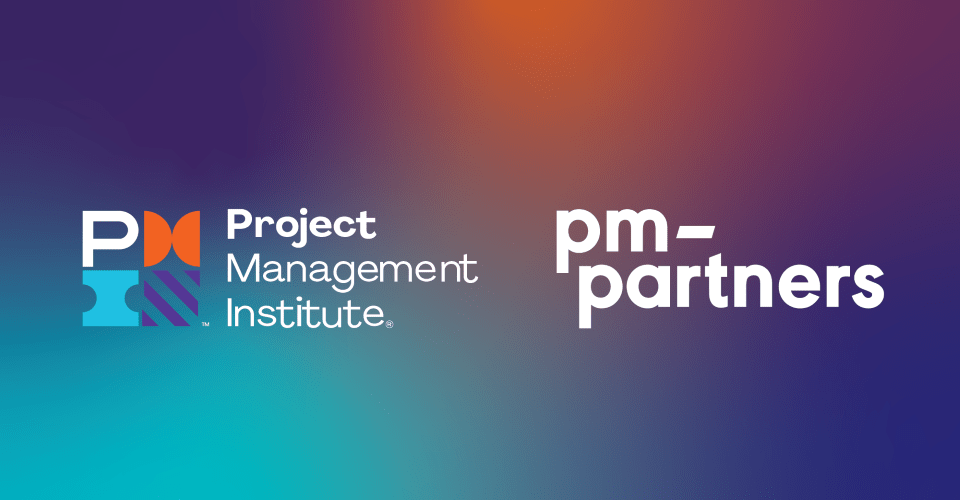Business Analyst – What role does your BA play in your PMO?
The International Institute of Business Analysis [IIBA®] classifies a Business Analyst function as carrying out:
“…set of tasks and techniques used to work as a liaison among stakeholders in order to understand the structure, policies, and operations of an organization, and to recommend solutions that enable the organisation to achieve its goals.”
A Guide to the Business Analysis Body of Knowledge® (BABOK® Guide)
Whilst there are many variants to this role in recent years the flexibility of a Business Analyst has changed and moulded to suit the current Project Management landscape.
When recruitment website seek.com.au conducted a recent study into the statistical data of what recruitment agencies look for when searching for a Business Analyst candidate, nearly one-third of advertised Business Analyst roles in Australia were described as needing to be “Agile.”
But what does this mean? Surely the role of Business Analyst can’t be one of the few coveted positions in a lean, streamlined, team? Can a Business Analyst, experienced in delivering a standard or waterfall project, make the switch to a change-based product-delivery structure?
The answer is yes, they have to.
To add further context to how a Business Analyst can function within an Agile environment, it’s important to understand how successful projects are being run.
This year, the Standish Group, stated in their CHAOS Manifesto that the project management landscape has changed its focus to concentrating on rolling out smaller scale projects rather than larger projects as the standard. In their research, small projects ($1 million labour or less) were more than 70% likely to succeed, success being determined as being on-time, on-budget and with required features (business outcome).
On a 100 point basis, the Standish Group discovered factors of success for small projects, defined below.
|
Factors of Success |
Points |
| 1. Executive Management Support |
20 |
| 2. User Involvement |
15 |
| 3. Optimisation |
15 |
| 4. Skilled Resources |
13 |
| 5. Project Management Expertise |
12 |
| 6. Agile Process |
10 |
| 7. Clear Business Objectives |
6 |
| 8. Emotional Maturity |
6 |
| 9. Execution |
3 |
| 10. Tools and infrastructure |
1 |
Ranked as number six, it’s clear to the Standish Group that the Agile process is a major contributor to driving the success of a project. Furthermore, to achieve success in small projects, it follows that the success factors above will be influenced by Agile and the following within a PMO will have to occur:
- Project Management expertise will need to exist throughout the project team
- Implementation of skilled resources that form the PMO. A team that consists of multi-disciplinary; development, business expertise, project management, product development and business analysis
- The optimisation selection process which means ensuring that the right small projects are selected to achieve the right business value and outcome. This selection process will fall to the function of business analysis to outline to sponsors and stakeholders.
- The need for user involvement which will be required to be facilitated by business analysis
- Executive management support will be determined by the value to the business and uncovered through business analysis
Again we can see the underlying practicalities of the Business Analyst role and their importance within a PMO. It, however, is understanding how their function within an Agile approach in a current project management environment that has been proven to be vital.
If the Standish Group have foreseen that the future of the project management landscape will consist of small projects, then the business analysis function is imperative to a projects success by carrying out these three key of Agile Business Analysis:
1. Optimisation/ Enterprise Analysis
The Knowledge Area of Enterprise Analysis will be used for the optimisation success factor of a project. The BABOK® Guide defines this part as assessing the capability gaps of the project along with defining the solution scope and the business case. To undertake this process, the project relies heavily on the high-capability of business analysis.
Executive Management will rely on the outcomes found during thIs process and the trusted advisors will then execute accordingly. This process is about selecting the right projects that are aligned to add business value.
During this process the Business Analysts will need to be able to break-down large projects and optimise them into small projects to achieve the business value sooner.
2. Requirements Analysis and Management
More commonly the Agile approach is used as a change-based requirement or feature list that must be reviewed between iterations, prioritised and accommodating new items. With no change or control processes, these requirements, capabilities or features must be agreed and managed according to an agile-adjusted business analysis methods. Additionally, elicitation techniques like personas, storyboarding and user stories may be used to translate requirements into the new features.
3. Soft Skills
According to the Agile extension of the BABOK® Guide, the Business Analysis skills of communication, facilitation and negotiation will be heavily utilised as part of the Agile methods (SCRUM, XP and Kanban).
Business analysts, will need to be able to negotiate requirement priorities between stakeholders, facilitate agreement, resolve conflict and communicate all of these across the project.
To run successful projects in today’s current market, it’s clear that whilst smaller projects are being run the success still comes down to the resource selection of the PMO. Having a central figure in place to coordinate and check a project’s key milestones has become more and more apparent. This role evidently falling to the Business Analyst.
At all times the progress of a project must be visible to the PMO, stakeholders and sponsors. If requested, the Business Analyst should be able to produce live data that reflects whether the project is running on-time, on-budget and is producing the right business outcome. In doing so the Business Analyst has developed into one that needs to be able to function fluidly within a PMO team and be able to respond quickly. So if the Standish Group are right and small projects have proven to be the standard practice moving forward, then the Agile Business Analyst role is paramount.
How do I get started? Understanding next steps:
- If you are a Business Analyst, or find that within your current role, part of your daily tasks consist of gathering specific requirements and feeding this through to your team or stakeholder, then you may want to consider taking one of our Business Analysis courses and learn key tips and techniques to streamline and improve your current processes.
- If you are a Senior Business Analyst, with experience in Enterprise Analysis, consider getting your CBAP®, and take one of our Agile workshops to learn the necessary tools to run successful Agile projects.
- If you run a PMO or a team of Business Analysts and require a specialist Business Analyst or wish to know about more about establishing BA Centre of Excellence. Please contact our specialist team for further information.
Speak to one of our experienced consultants today on 1300 70 13 14!








